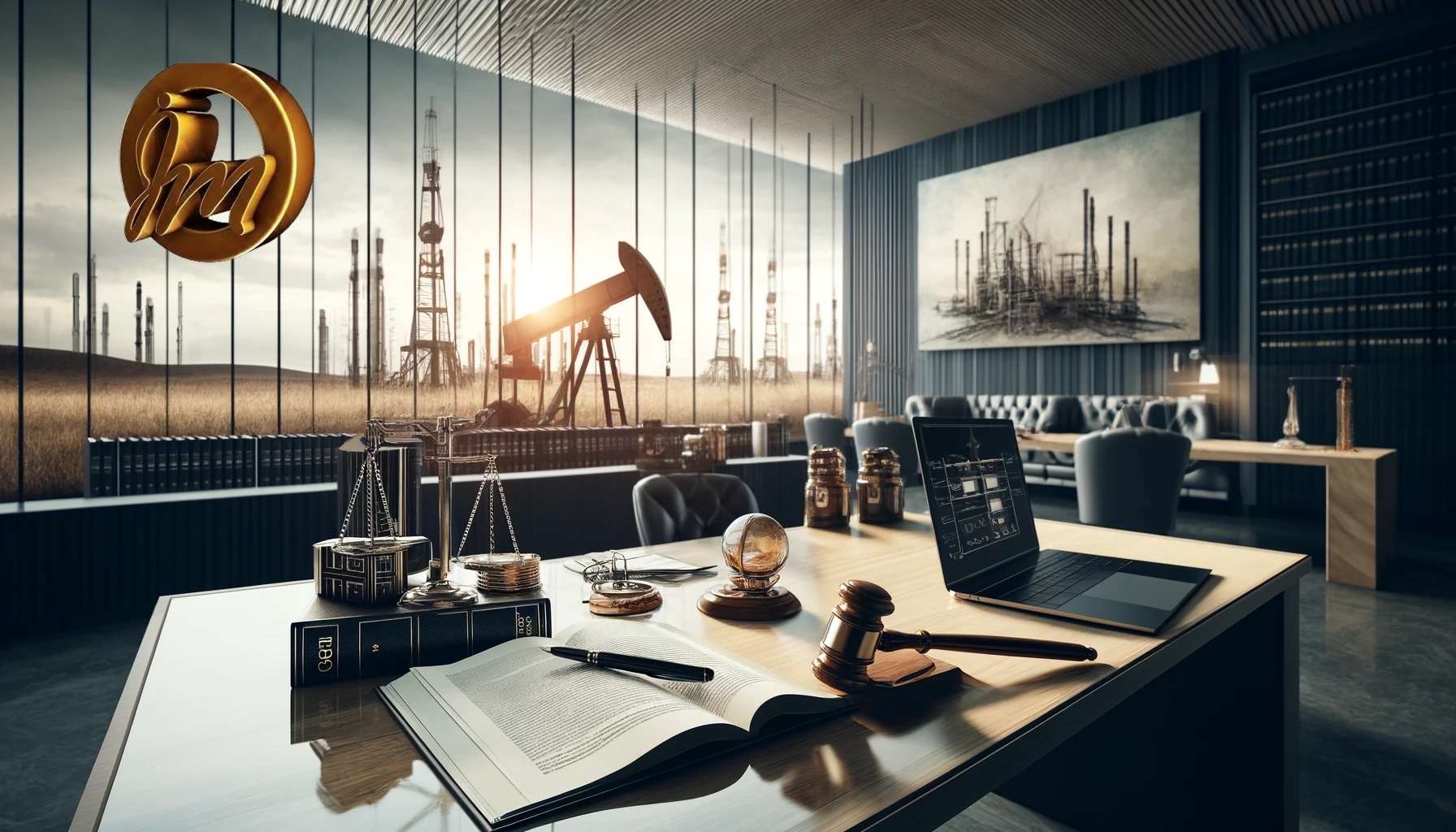At Josh and Mak International, we strive to provide detailed legal guidance on regulatory frameworks within the energy sector. This article offers a comprehensive overview of the “Technical Standards for Road Transport Vehicles, Containers, and Equipment Used for the Transportation of Petroleum Products,” issued by the Oil and Gas Regulatory Authority (OGRA) of Pakistan. These standards ensure the safety, reliability, and efficiency of transporting petroleum products.
Scope and Applicability
The “Technical Standards for Road Transport Vehicles, Containers, and Equipment Used for the Transportation of Petroleum Products” apply to all vehicles, containers, and equipment used by oil marketing companies for the transportation of petroleum products. These standards cover various aspects, including design, construction, operation, and maintenance, ensuring high safety and operational standards.
Key Provisions of the Standards
1. Short Title and Commencement
- These regulations may be cited as the “Technical Standards for the Petroleum Industry (Road Transport Vehicles, Containers, and Equipment Used for the Transportation of Petroleum Products)” and came into force immediately upon their publication on October 20, 2009.
2. Applicability
- These regulations are applicable to all road transport vehicles, containers, and equipment used for the transportation of petroleum products by oil marketing companies. The standards do not apply to vehicles or containers with a volumetric capacity of less than 5,000 litres, or those used for carrying petroleum for their own motive power.
Design and Construction Standards
Chassis Cab and Trailer Running Gear
- The configuration of the vehicle (e.g., 4×2 articulated, 6×2 rigid, 8×4 drawbar) is not covered under this standard. At least 25% of the total outfit weight must be carried on the drive axles. For semi-trailers (articulated vehicles), the vehicle must be compatible with the tractor unit, particularly in areas such as fifth wheel coupling, swing clearance, and vertical articulation.
Weights and Dimensions
- The maximum length of the vehicle is 18.3 metres (60.0 feet), the maximum width is 2.5 metres (6.5 feet), and the maximum height is 4.0 metres (13.0 feet). The total weight of the vehicle must be less than or equal to the maximum allowable gross vehicle weight (GVW) and gross combination weight (GCW) as defined by the chassis or trailer manufacturer.
Vehicle Modifications
- Modifications are only allowed to mount the tank body and comply with the standards. Modifications to increase the carrying capacity of the vehicle are not permitted.
Performance
- The vehicle must have a power-to-weight ratio of at least 6 hp/tonne and a rolling gradeability of at least 20%. It must also have a geared top speed of at least 80 kph.
Engines and Engine Services
- Vehicles must be powered by diesel engines running on high-speed diesel fuel, with compliance to National Environmental Quality Standards (NEQS). They must be fitted with an engine exhaust brake or a separate retarder, and have a fuel tank capacity of at least 200 litres.
Electrical System
- The system voltage must be a nominal 24 volts, with all wiring enclosed in rigid non-conducting polyamide conduit. Batteries situated aft of the fire-screen must be fitted in a vented box, with insulated terminals.
Safety Measures
Fire Safety
- Vehicles must be equipped with fire extinguishers, a fire-screen, and metallic shields to protect the exhaust system. They must also have first aid kits and appropriate signage, such as “NO SMOKING” or “NO OPEN FLAME” signs.
Brake System
- All vehicles above 12 tonnes total weight must have a full air brake system with dual circuits. The park brake must be a spring brake type, and all linings must be non-asbestos.
Driver’s Cab
- The cab must be forward control or bonneted, with seating for at least the driver and one passenger. It must have a sleeper bunk, be air-conditioned, and fitted with GPS positioning systems.
Tank and Equipment Standards
Tank Construction
- Tanks must be made of mild steel or aluminium, with specific thickness requirements. They must have internal baffles or stiffeners and be designed to handle various petroleum products.
Tank Equipment
- Each tank compartment must have manlids, fill covers, foot valves, outlet valves, and loading adapters. The tank must also have vapour vent valves, overfill protection systems, and a pneumatic control system for Bottom Loading Systems.
Painting and Livery
- Vehicles must be painted with quality paints as specified by the representing organization and fitted with appropriate decals.
Legal and Operational Implications
Compliance
- Adherence to these standards is mandatory. Non-compliance can result in severe legal and financial consequences, including fines, operational shutdowns, and increased liability.
Quality and Reliability
- Implementing these standards ensures the high quality and reliability of transportation operations. This reduces the risk of failures and enhances the overall safety and efficiency of transporting petroleum products.
Safety and Risk Management
- The standards are designed to mitigate risks associated with transporting petroleum products. By following these guidelines, companies can prevent accidents, protect public health, and ensure the safety of their operations.
Transparency and Accountability
- The detailed record-keeping and reporting requirements promote transparency and accountability within the industry. This facilitates regulatory compliance and enables quick identification and rectification of any issues.
International Standards
- Compliance with internationally recognized standards ensures that transportation operations in Pakistan meet global benchmarks for safety and quality. This enhances the competitiveness and credibility of the industry.
Conclusion
The “Technical Standards for Road Transport Vehicles, Containers, and Equipment Used for the Transportation of Petroleum Products” provide a robust framework for ensuring the safety, reliability, and efficiency of transporting petroleum products in Pakistan. These standards are well-aligned with international benchmarks and emphasize quality assurance and safety. At Josh and Mak International, we are dedicated to assisting our clients in understanding and complying with these standards, ensuring their operations meet the highest regulatory and safety requirements. For detailed advice and support, please contact our expert team.

